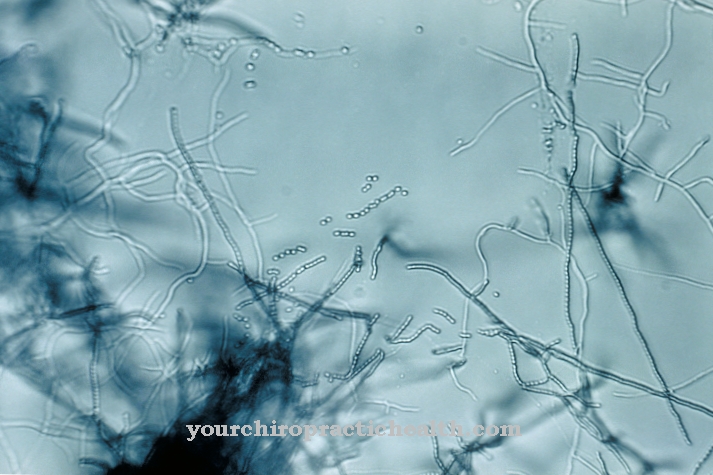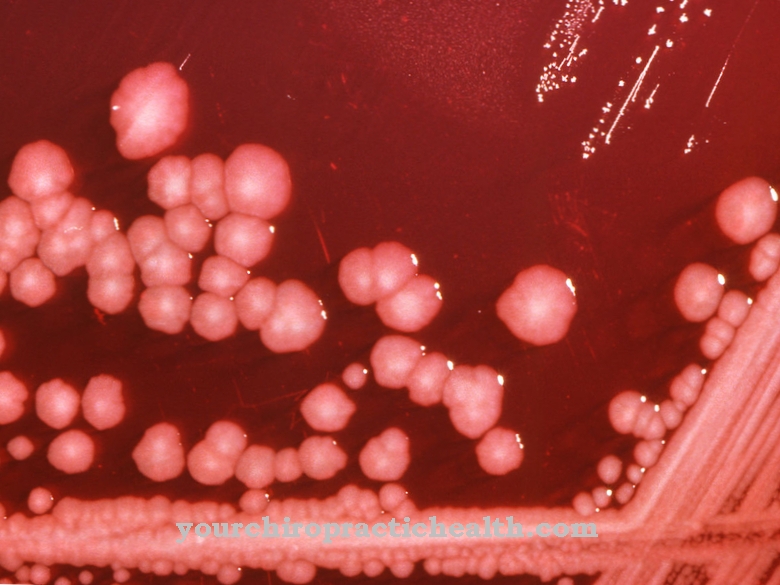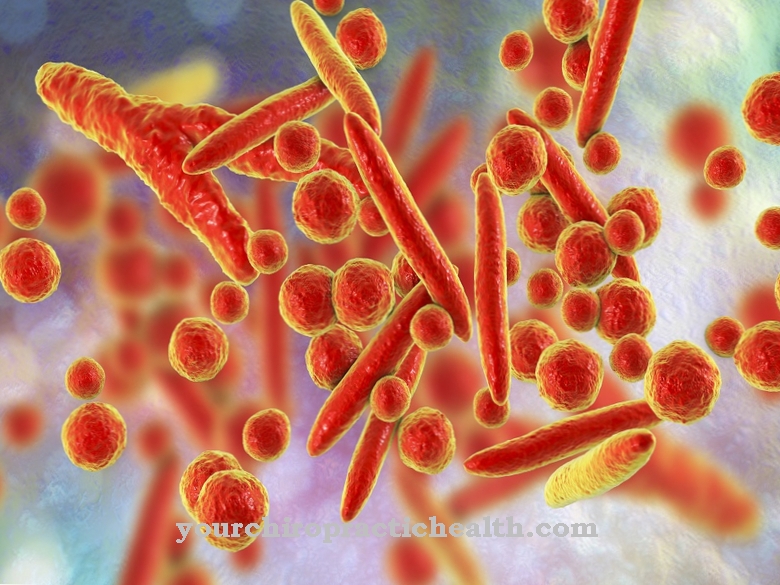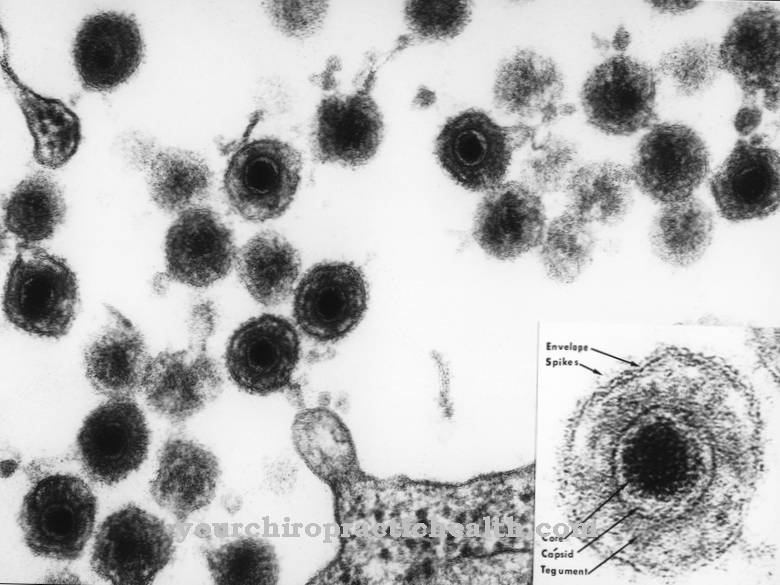Helicobacter pylori is a bacterium that is commonly found on the lining of the human stomach. Infection with Helicobacter pylori is an important risk factor for inflammation, ulcers and cancer in the stomach and intestines. Colonization with Helicobacter pylori can be combated with oral antibiotics.
What is Helicobacter pylori?

Helicobacter pylori is a gram-negative rod-shaped bacterium that colonizes the human stomach. It is by far the most important human pathogen of the genus Helicobacter.
The name Helicobacter pylori is derived from the spiral-shaped appearance of the bacteria and the gastric gate (pylorus). The bacterium has flagella for locomotion and special adhesive structures for implantation. Helicobacter pylori was discovered in 1983 by Australian researchers Robin Warren and Barry Marshall.
However, the far-reaching clinical significance of the bacterium only became apparent in the following decade. In 2005 the discoverers of Helicobacter pylori received the Nobel Prize in Medicine.
Meaning & function
In western countries around 20% of all 40 year olds are with Helicobacter pylori infected. The prevalence increases with age, so that it is already 50% among 60-year-olds. Far higher infection rates can be found in developing countries. In total, 30% -50% of the world's population are considered infected. It is therefore one of the most common chronic bacterial infections.
The bacterium presumably enters the stomach via the faecal-oral route through contaminated water or food. Oral-oral and gastro-oral routes of infection (e.g. contact with infected vomit) are also discussed. Once it has entered the gastric vestibule, Helicobacter pylori can use its flagella to spread over the entire stomach lining. It has two mechanisms to protect itself against the antibacterial gastric acid: On the one hand, it nests inside or below the mucous layer with which the gastric mucosa protects itself from its acid secretion.
On the other hand, Helicobacter pylori splits urea into ammonia and carbon dioxide with the help of the enzyme urease. The basic ammonia neutralizes gastric acid and increases the pH value in the immediate vicinity of Helicobacter pylori. In addition to urease, the bacterium has other enzymes and cell poisons that attack the epithelial cells of the stomach and increase gastric juice production. If the gastric mucous membrane barrier is also attacked by other factors such as medication, alcohol or stress, ulcers develop, v. a. in the area of the gastric gate and the duodenum.
It is not known that Helicobacter pylori has a positive function in the human organism. The human immune system is not able to eliminate the germ. If left untreated, the Helicobacter pylori infection will persist for life.
Diseases
An infection with Helicobacter pylori can be inconspicuous if the gastric mucosa is intact and resistant. However, the bacterium is considered to be the most important risk factor for the development of gastric mucosal inflammation (gastritis) and gastric or duodenal ulcers.
Type B gastritis (bacterial form) is caused by Helicobacter pylori in 90% of cases. In gastric ulcers, around 75% and in duodenal ulcers even as good as 100% of all cases are attributed to the pathogen. In the case of chronic stomach problems, it is now routinely tested for Helicobacter pylori infestation. The most reliable evidence is provided by an endoscopic biopsy with a subsequent histological examination. In the tissue sample, v. a. the urease can be detected by the easy-to-use Helicobacter urease test.
Non-invasive methods are a breath gas test and antibody detection in the serum or in the stool. Antibody tests, however, are more suitable for epidemiological studies than for acute clinical diagnostics. If Helicobacter pylori is detected in a patient, antibiotic therapy can completely remove the colonization. So-called triple therapy or quadruple therapy are common. Antibiotics are combined with proton pump inhibitors and, in the case of quadruple therapy, with bismuth salt.
Radical removal makes sense, as Helicobacter pylori promotes the development of cancer in the long term. The WHO has classified Helicobacter pylori as a first-order carcinogen since 1994. The bacterium is considered to be an important risk factor for gastric cancer and MALT lymphoma (cancer of the mucosa-associated lymphoid tissue). For some time now, research has also been carried out on vaccines against Helicobacter pylori.




























